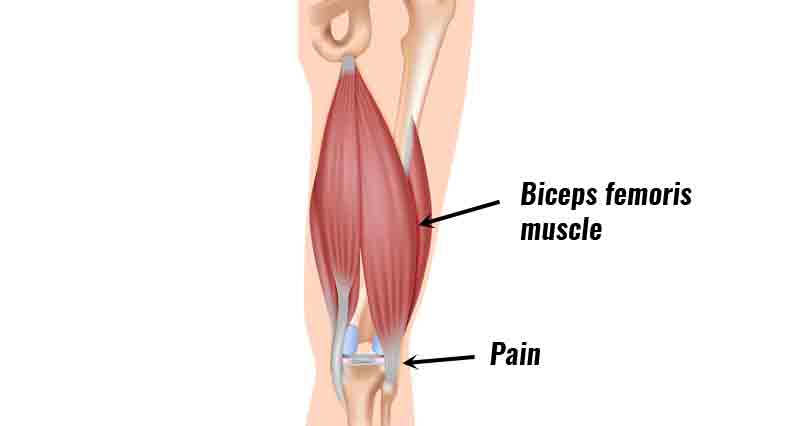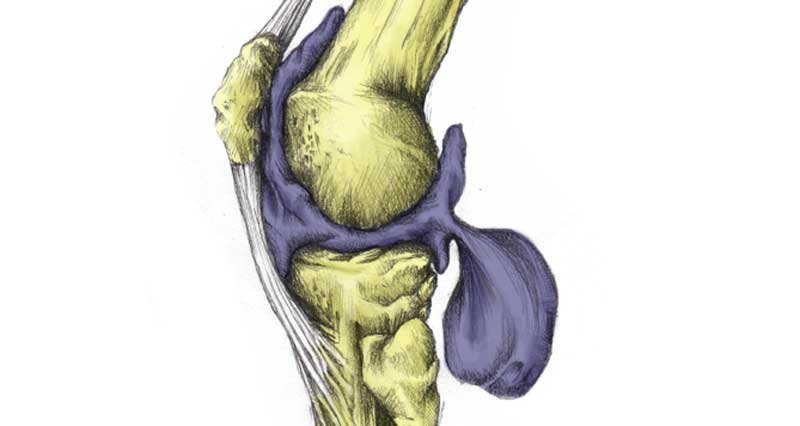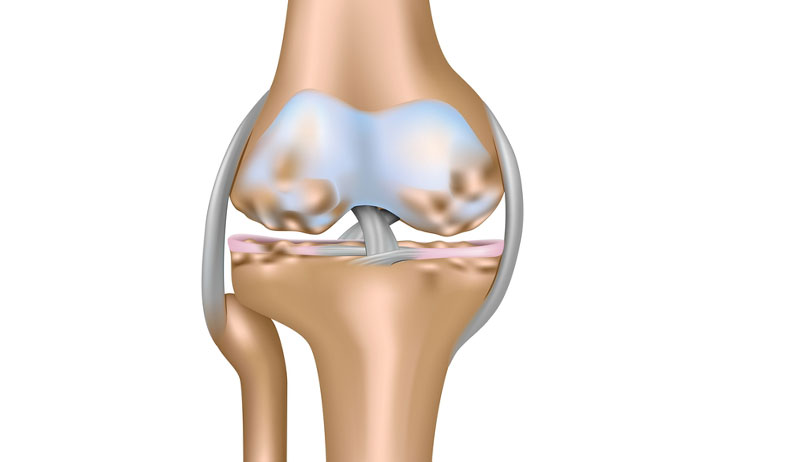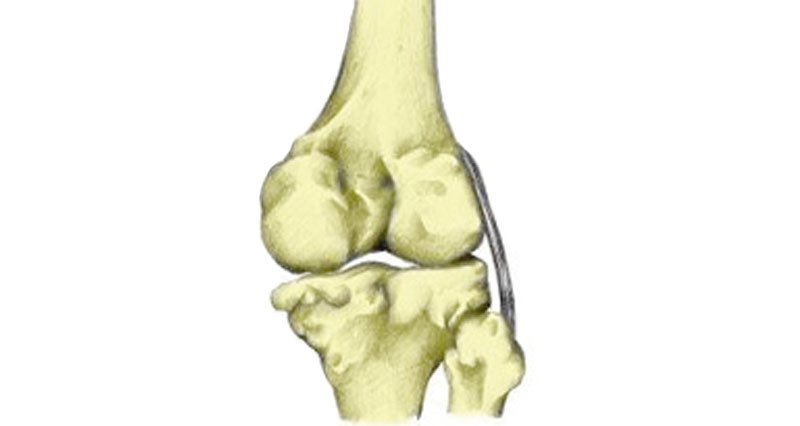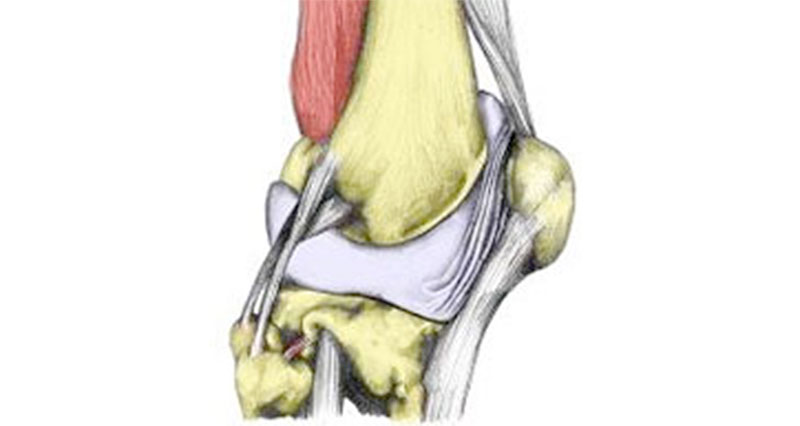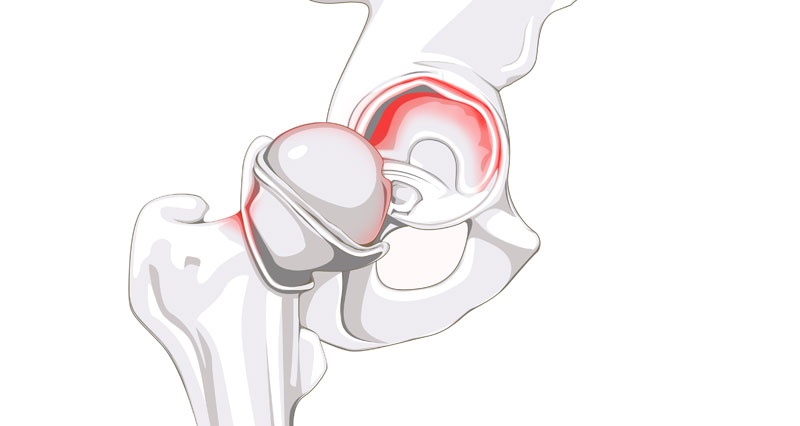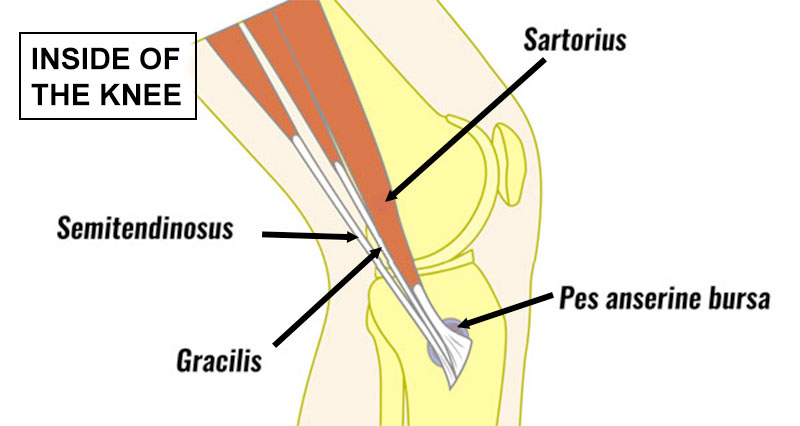Perthes’ disease affects children, most commonly boys aged between four and ten years old, but can also occasionally occur in younger children and teenagers. Tiredness and groin pain are two common symptoms, and they may have a noticeable limp.
Symptoms
Symptoms of Perthes’ disease are usually on one side only and include:
- Tiredness and pain in the groin, thigh, and sometimes in the knee
- Pain in the knee only, even though the disease affects the hip
- Stiffness and reduced range of motion at the hip joint
- Walking with a limp
- The affected leg may appear shorter than the other leg
Diagnosis
It is important a medical professional examines any knee or hip pain in children. An early diagnosis is important to avoid long-term complications.
A doctor may X-ray the hip to help diagnose the cause of hip pain. However, in the early stages of the disease, X-rays may appear normal. Therefore, your doctor uses other investigations such as MRI or bone scans.
What is Perthes’ disease?
Perthes’ disease commonly affects children between the age of 4 and ten years old. But can also occasionally occur in older children and teenagers. Another name for Perthes’ disease is Legg–Calvé–Perthes disease. The exact cause of the disease is unknown.
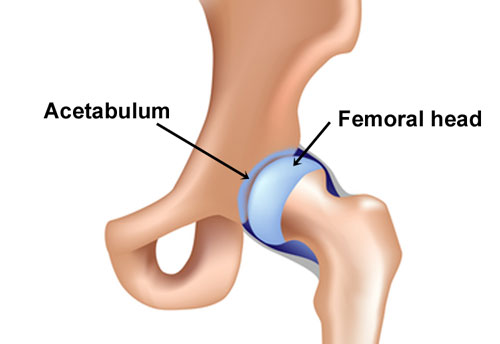
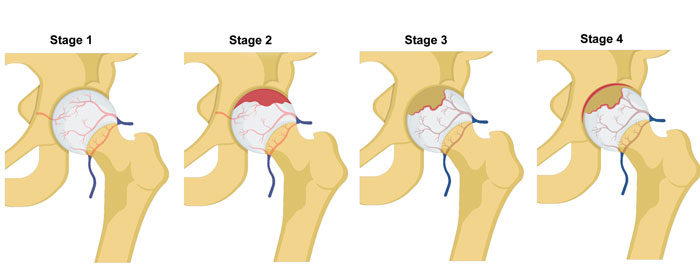
It affects the hip joint, where the top of the femur (thigh bone) meets the socket of the pelvis (acetabulum). The blood supply to the head of the femur is disrupted, resulting in necrosis. This is where the bone softens and begins to break down.
Once the blood supply returns to normal, bone tissue is laid down and the femoral head reforms and hardens. This occurs over a period of 1 to 3 years.
Due to the joint being a ball and socket, one of the main problems is that the re-growth may not form in a spherical shape as before. The severity of deformity of the head of the femur determines the degree of symptoms and if there are likely to be any future problems such as a permanently decreased range of motion at the joint and arthritis.
Boys are far more likely to develop this condition than girls, although girls tend to suffer from more severe symptoms and future problems. Symptoms are usually only in one hip, although occasionally can affect both sides.
Treatment and management of Perthes’ disease
Depending on how severe the disease is will determine whether it requires conservative treatment or surgery.
Treatment consists of rest from any aggravating activity or exercise and maintaining range of motion in the hip through mobility exercises. In particular, exercises to maintain abduction of the hip (moving the leg out sideways) and internal rotation of the hip.
Treatment will depend on the age of the child and the severity of the condition but may include bed rest, crutches, traction, a plaster cast, leg brace, or surgery in extremely severe cases. Your surgeon performs arthroscopic (keyhole) surgery to remove loose bodies within the joint and repair damaged cartilage (chondroplasty).
Perthes’ disease usually resolves over time as the athlete grows, as long as they manage it properly. Athletes can return to sport when they are free of symptoms. With competitive young athletes managing injuries and diseases is important.
This may mean changing sporting activity for a while, or reducing the volume of training and focussing on quality. For example, a young soccer player may play once or twice a week and substitute other activities such as swimming, or light technical training.
If Perthes’ disease is not managed correctly then long-term complications include arthritis because the surface of the joint is irregular, resulting in faster wear and tear.
Expert interview: Sports Physiotherapist Neal Reynolds explains ‘growing pains in children. Other injuries which predominantly affect children during a growth spurt are Osgood Schlatter disease in the knee and Sever’s disease at the back of the heel.


